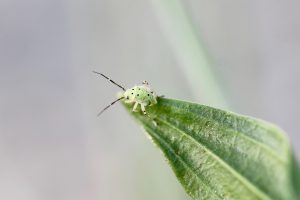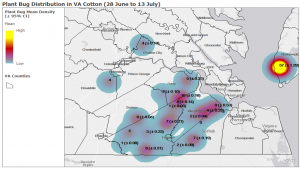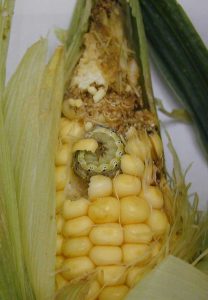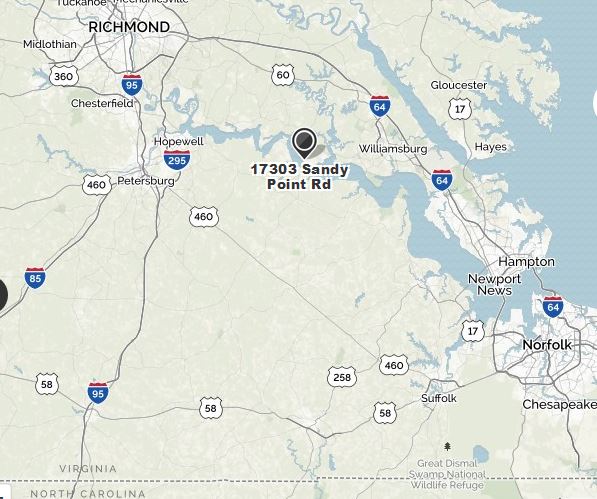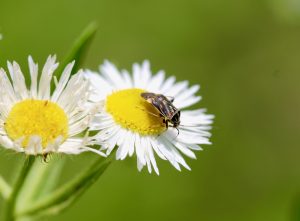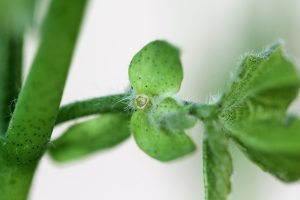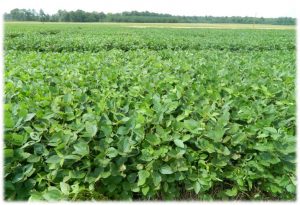 As another reminder, the Virginia Ag Expo is Thursday, Aug. 3 at Renwood Farms in Charles City. The event opens at 7:30 am and will run through mid-afternoon.
As another reminder, the Virginia Ag Expo is Thursday, Aug. 3 at Renwood Farms in Charles City. The event opens at 7:30 am and will run through mid-afternoon.
There is something for all corn and soybean farmers in the field this year. Go on the field tour and you will be able to chat with Extension Specialists, company reps, and others about the research being conducted or anything else on your mind.
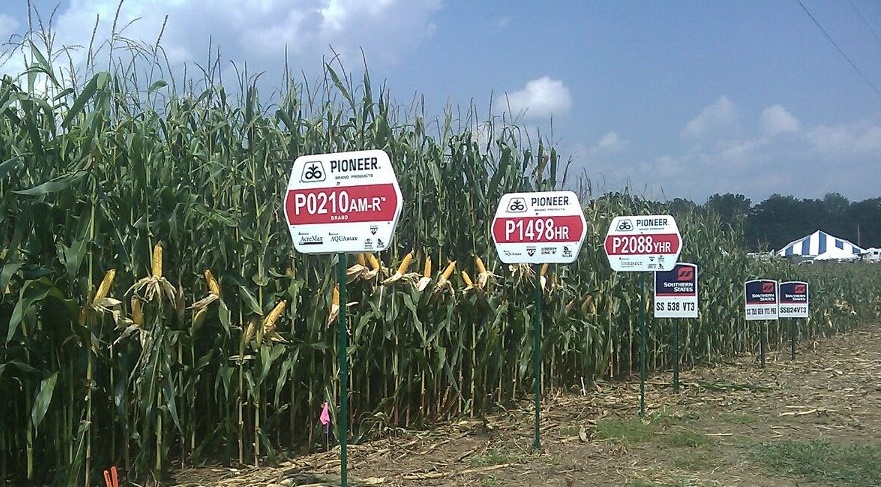 As always, the Ag Expo is home of one of our numerous on-farm corn hybrid and soybean variety tests. This year, you will view 31 corn hybrids from 11 companies and 47 soybean varieties from 14 companies. Drs. Mike Flessner and Charlies Cahoon will demonstrate off-site herbicide injury with some of our newest seed/chemical technologies. Dr. Wade Thomason is evaluating in-furrow and starter fertilizer in corn. The soil fertility team, led by Dr. Mark Reiter, is investigating fertilizer recommendations to ensure optimum production for high yielding soybeans. You will view one of Dr. David Holshouser’s seeding rate trials as he is in the process of establishing variable rate seeding recommendations. You will also see an experiment that you may have viewed at last year’s Ag Expo investigating the interaction of planting date with relative maturities. Companies are participating in our plots with in-furrow and foliar sprays that offer potential to enhance yield potential under high-yielding conditions. Finally, you’ll go below ground to view Virginia’s state soil, a Pamunkey loam, and discuss this yield contest-winning properties with NRCS personnel.
As always, the Ag Expo is home of one of our numerous on-farm corn hybrid and soybean variety tests. This year, you will view 31 corn hybrids from 11 companies and 47 soybean varieties from 14 companies. Drs. Mike Flessner and Charlies Cahoon will demonstrate off-site herbicide injury with some of our newest seed/chemical technologies. Dr. Wade Thomason is evaluating in-furrow and starter fertilizer in corn. The soil fertility team, led by Dr. Mark Reiter, is investigating fertilizer recommendations to ensure optimum production for high yielding soybeans. You will view one of Dr. David Holshouser’s seeding rate trials as he is in the process of establishing variable rate seeding recommendations. You will also see an experiment that you may have viewed at last year’s Ag Expo investigating the interaction of planting date with relative maturities. Companies are participating in our plots with in-furrow and foliar sprays that offer potential to enhance yield potential under high-yielding conditions. Finally, you’ll go below ground to view Virginia’s state soil, a Pamunkey loam, and discuss this yield contest-winning properties with NRCS personnel.
This is a walking, go-at-your-own-pace tour designed to fit your interest and schedule. Buses will be running continuously to take you to and from the plots. Enjoy!


